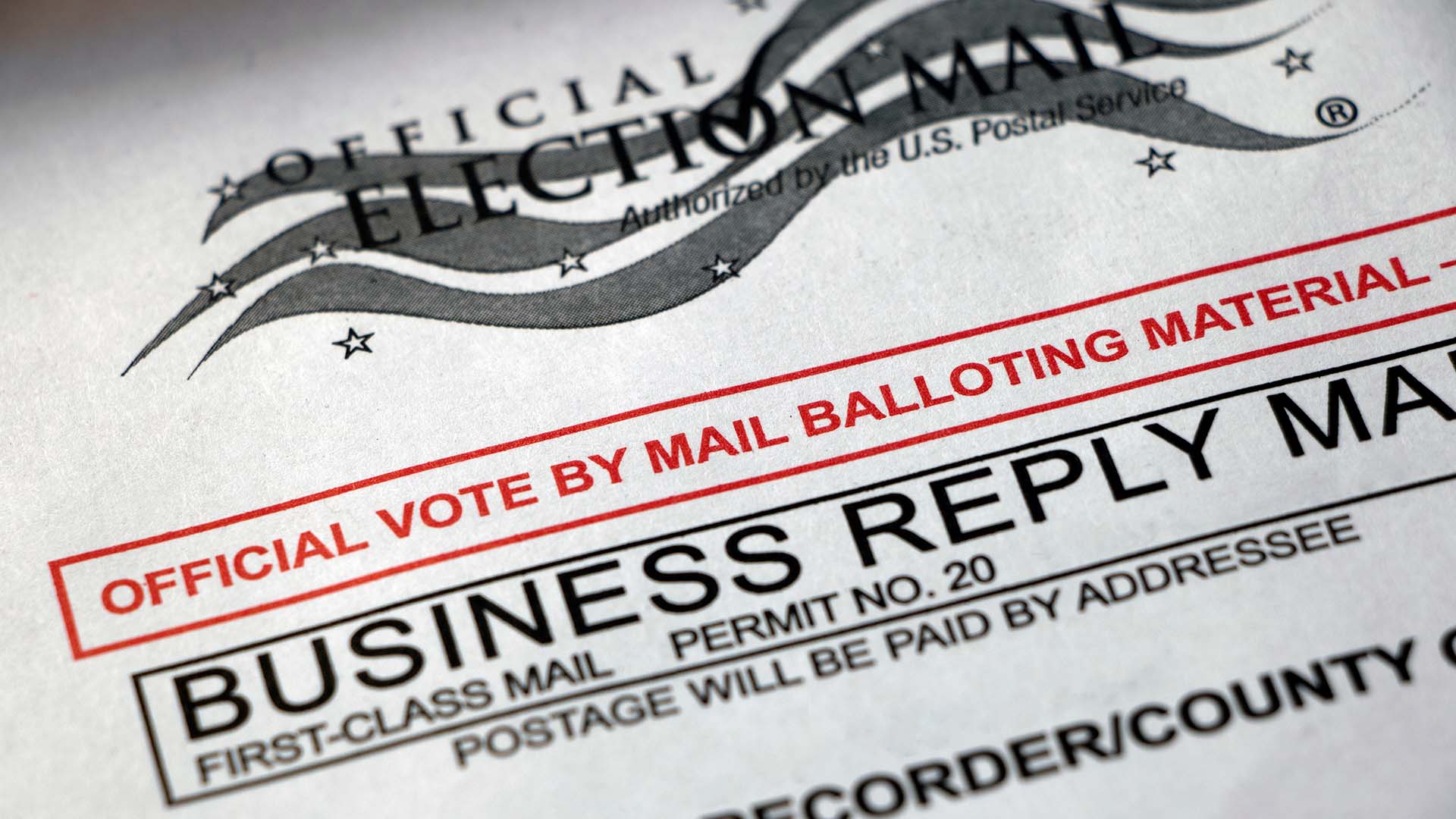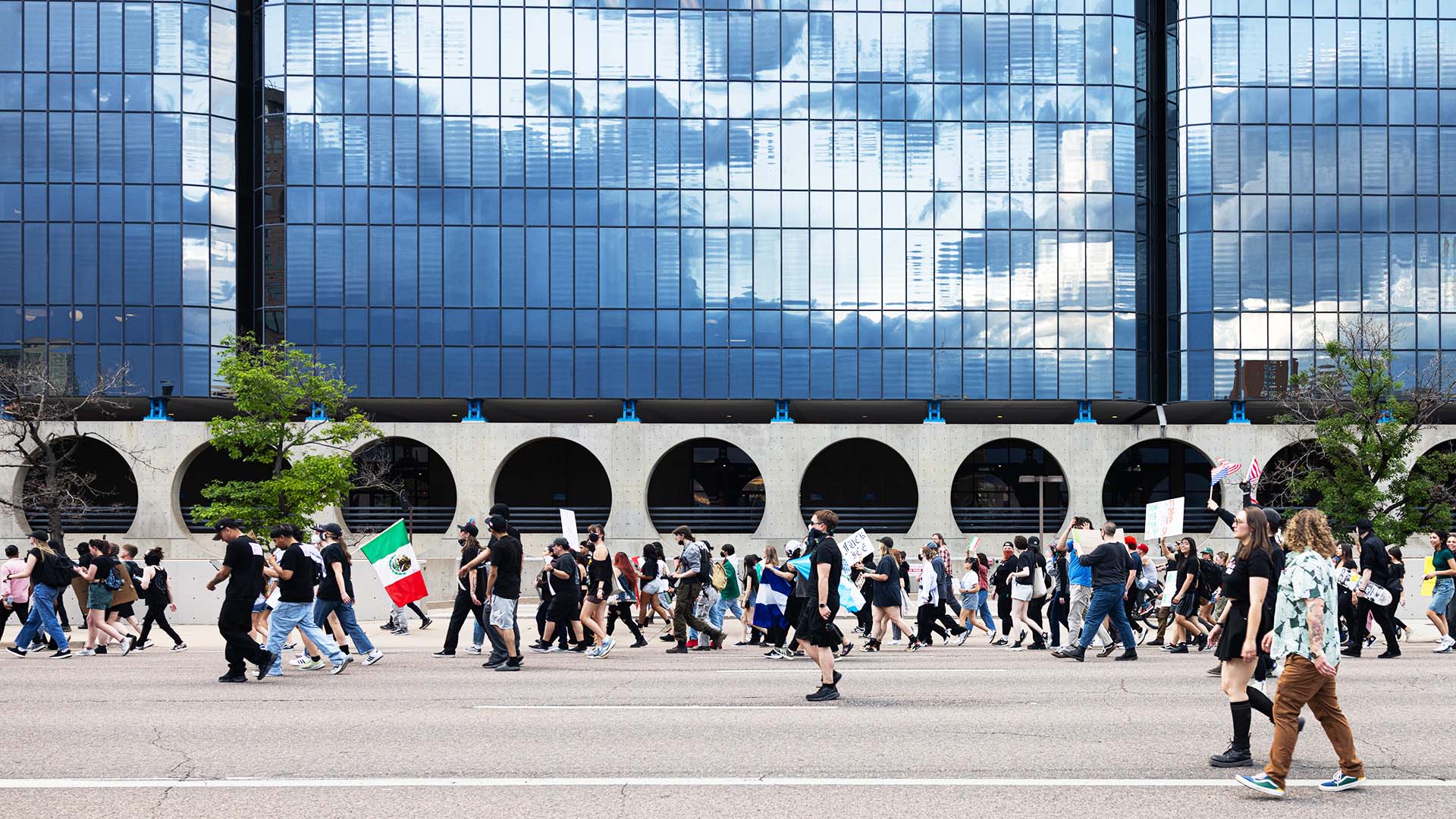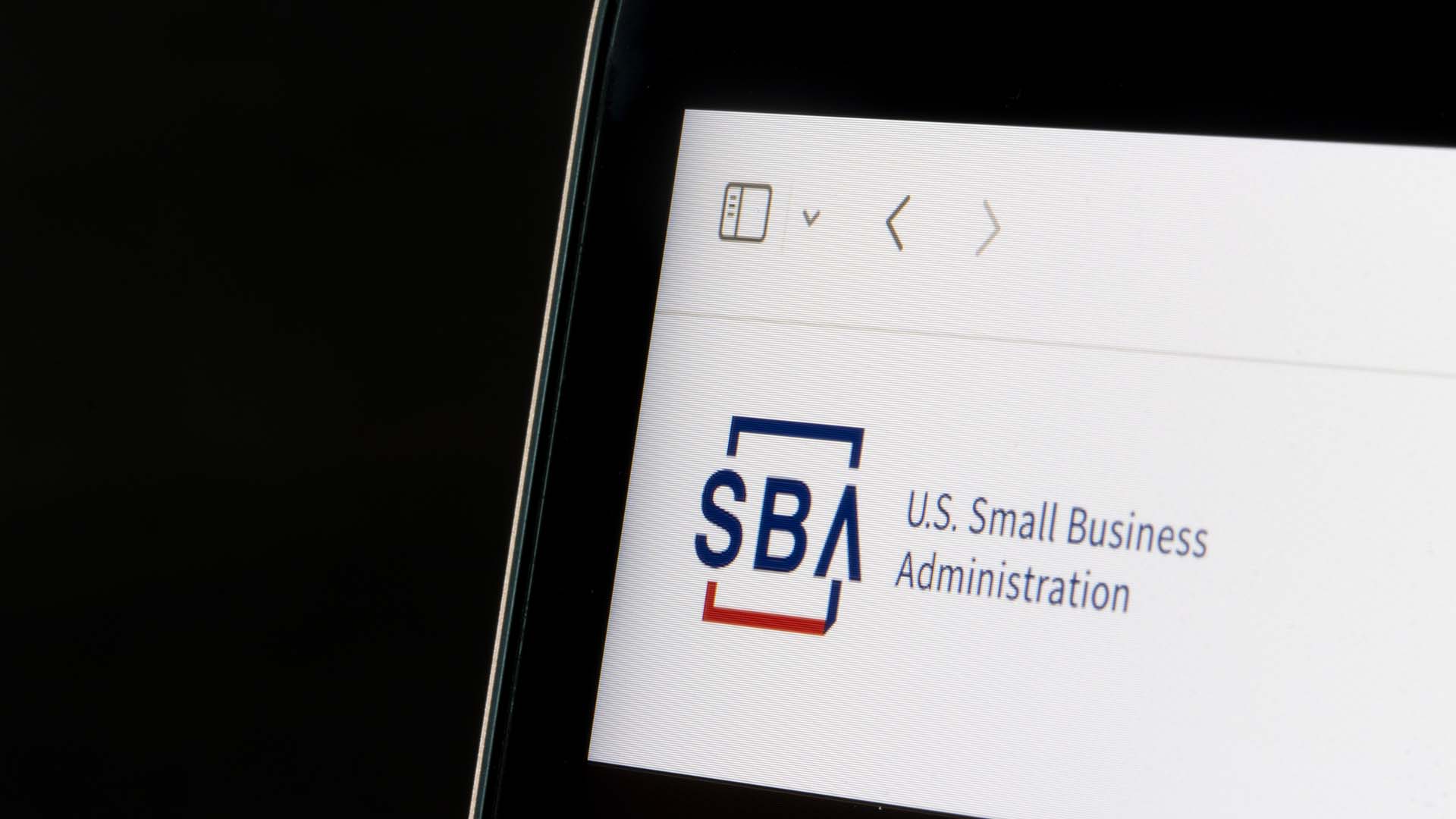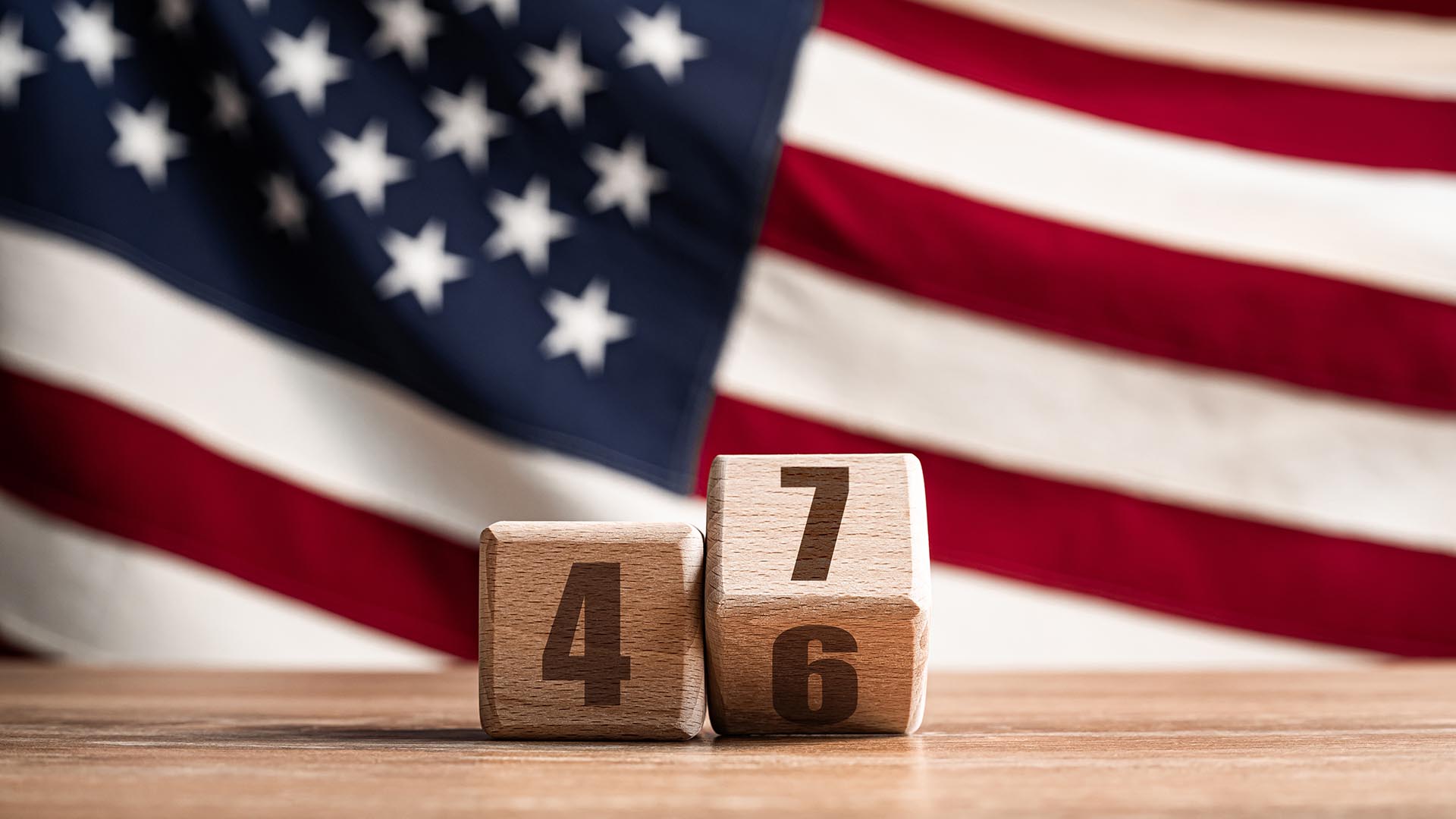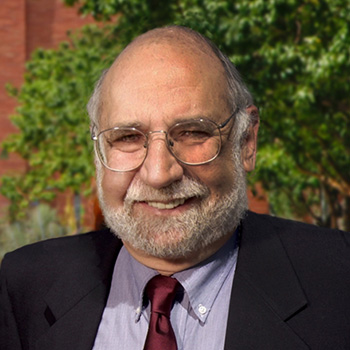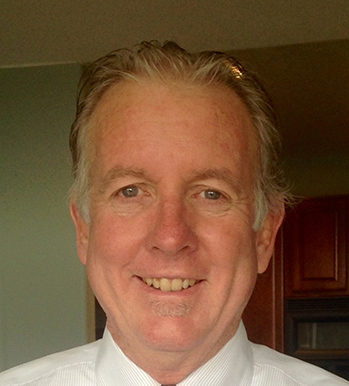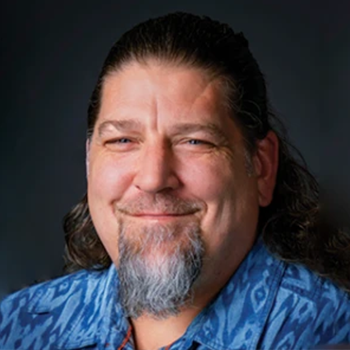The story behind the viral photos of Colorado health care workers blocking COVID-19 lockdown protesters
Photojournalist Alyson McClaran captured the dramatic scene during recent protests in Denver. Here’s how she got the shots.
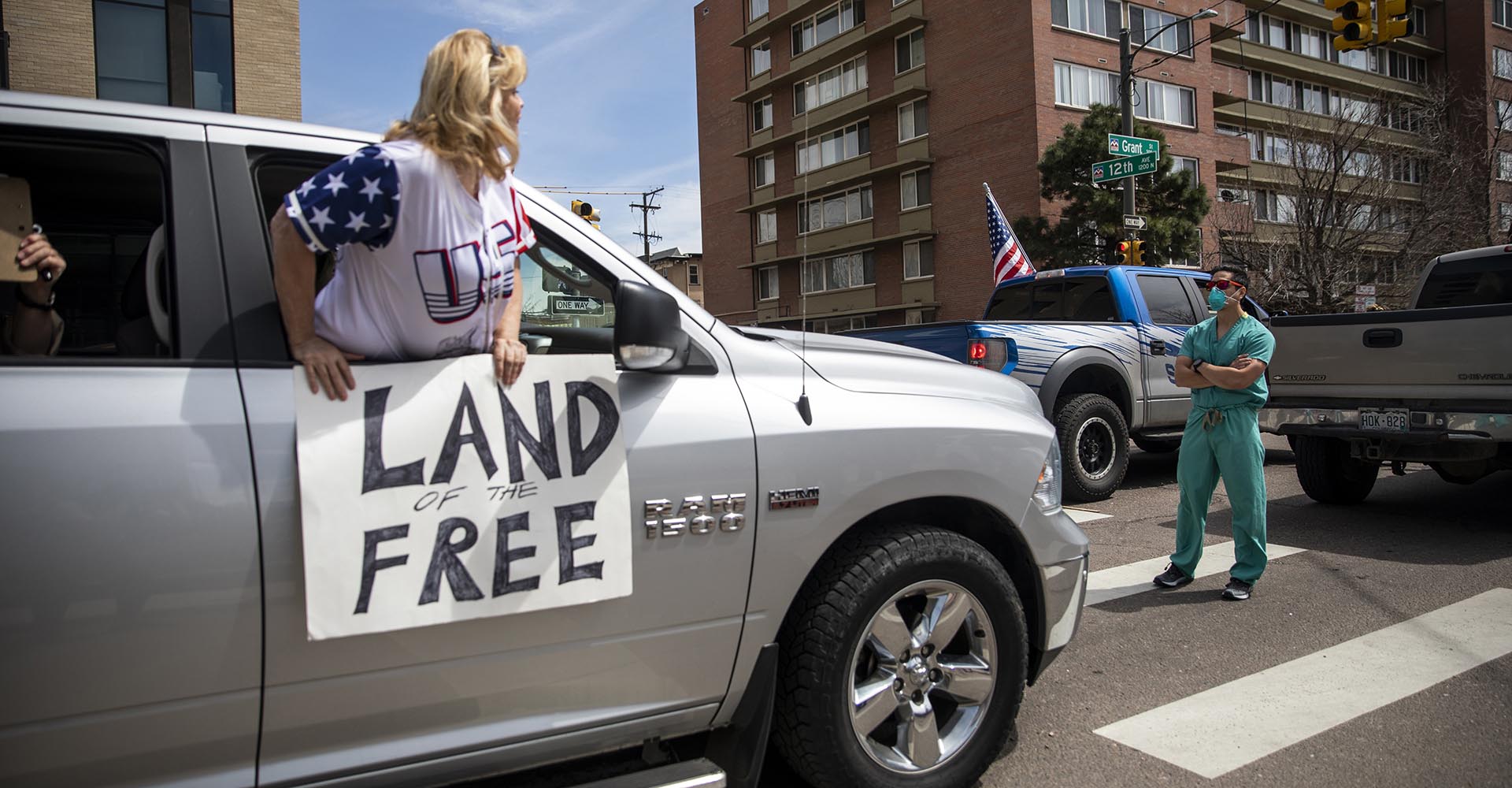
You’ve seen the striking images: Two people who identified themselves as Colorado health care workers and wearing scrubs standing defiantly in a crosswalk to block protesters from last Sunday’s anti-lockdown demonstration at the state Capitol.

From the Denver Post to Time magazine, the New York Times, Teen Vogue, BBC, BuzzFeed and many more, the photos shot by freelance photojournalist Alyson McClaran have gone global.
But RED readers were already familiar with McClaran’s work. The 2016 graduate of Metropolitan State University of Denver’s Department of Journalism and Media Production has been shooting for RED from the beginning.
So how did McClaran capture some of the most dramatic images of the COVID-19 pandemic? RED caught up with McClaran to get the story behind the photos.
How did you learn about the unfolding scene and how did you capture these images?
McClaran: As a freelance photojournalist, I was actually out of work and hadn’t picked up my camera for a bit because of the COVID-19 outbreak – but knew that these were unprecedented times and my job was to document something.
I went to the Capitol to check out the protests, but there were a lot of people without masks and not social distancing and I didn’t want to risk my health. My boyfriend and I decided to leave and we walked around Capitol Hill up toward 12th and Grant Street. When (my boyfriend) mentioned there were two nurses up ahead standing in the street, we took off running.
When I got there, I said to myself, “This is it. This is the moment.” I started firing off as many shots as I could from different angles – low, wide, close – as fast as I could, since I didn’t know how long the moment was going to last. It’s kind of strange, going into full photojournalist blackout mode – the adrenaline kicks in, and you do everything you can to document and capture that emotion.

Describe your approach to photojournalism in this moment and overall.
McClaran: It’s about capturing the raw, authentic moment as it’s happening. As photojournalists, we’re in the business of documenting lives and sharing people’s stories without inserting our own opinions. As the (anti-lockdown protest) story has blown up, I’ve had people questioning the authenticity of the photos and my integrity as a professional – not realizing the strict code of ethics that journalists abide by.
Ultimately, I see my job as photojournalist as using images to capture specific moments in time.

What is the role of photojournalism in achieving that?
McClaran: Photography is important to provide people that visual element to connect with: You see the passion and the body language, the setting and the context. Instead of people having to paint a mental picture themselves, the image gives emotion and puts a face to the story.
When I made these photos, I felt that emotion too – I had tears in my eyes and could feel the moment. And I knew that would last forever because it was documented in my camera.

What do you hope people take away from your photos of the Denver protests?
McClaran: It’s important for me to let the photos speak for themselves – journalism is needed more than ever to document what’s happening in the world; my job isn’t to convice people or change their mind, it’s to report and show the truth.
The thing is, you can sense the divide of opinions and emotions. And I understand that people are stressed and angry, but I hope we can stop the hate and come together to get through this challenging time.
How did you discover photojournalism?
McClaran: It was kind of random – I was in an art class (at MSU Denver) that I’d taken as an elective when I told one of my friends that I had just been gifted a camera and she said, “Oh, I work for (campus newspaper) The Metropolitan. You should start shooting for us.” And since I’d changed my major six times, I figured why not – I’d tried everything else!
It was so cool after I shot that first assignment to see my photos as the full spread in the center of the paper. That’s when I decided photojournalism was what I was going to do. I ended up becoming photo editor of the paper for three years.

How did MSU Denver’s photojournalism department help you achieve your goals?
McClaran: All of my professors helped play a part in who I am today as a photojournalist. I had a lot of classes with (Professor) Kenn Bisio, who really pushed me to be a better shooter; he also fought for me and helped me develop my talent.
(Media-lab coordinator) Dave Kinney was also supportive and helped me take a comprehensive look at multimedia incorporation; (affiliate faculty member) Doug Bell’s practicum class on publication was amazing to prepare me for real-world ways to find work. Finally, (Assistant Professor) Steve Krizman’s social-documentary class was so helpful – we’d go into the field, find the story alongside a writer, then present at the end of the day for a real-time critique. I owe a lot to all of them.

What advice do you have for photojournalists starting their careers?
McClaran: Build your network and diversify your portfolio with a variety of shots – sports, features, news, spot news, etc. Don’t be afraid to reach out to people to ask questions. And be out there ready at all times, even when you don’t have an assignment.
As (Bisio) says, always have your camera with you because you never know when there’s a moment that needs to be documented.

